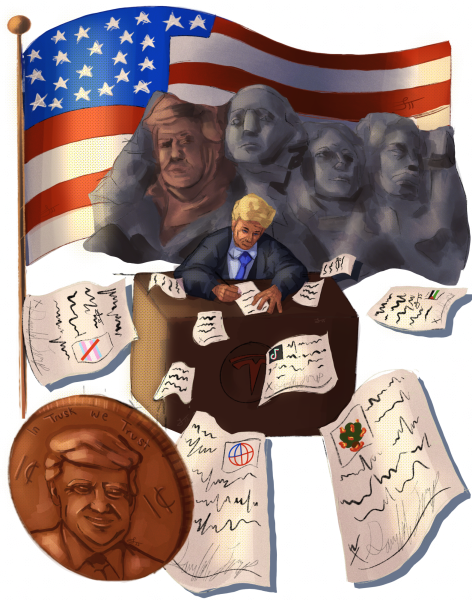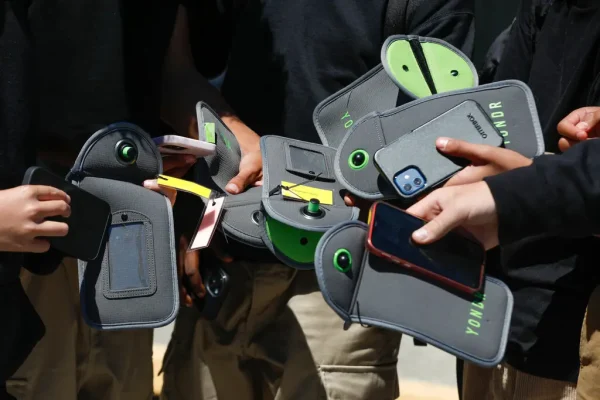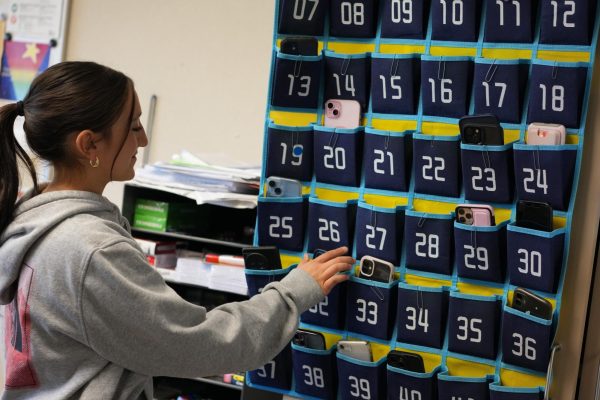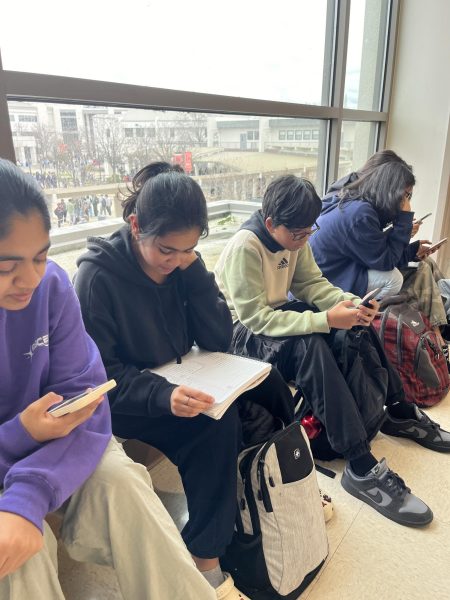Holi is a holiday of colors
Students celebrate the Hindu holiday that marks the start of spring by throwing colored powder.
From left to right, Passover is traditionally celebrated with seder dinner, prayer, and more. It took place from April 5-13 this year. Colorful powder is thrown during a Holi celebration. This is one of many traditions of the Hindu celebration. Ramadan consists of the tradition of fasting from sunrise to sunset, during the Muslim holy month that took place from March 22 to April 20 this year.
Every holiday seems to have something that people immediately associate it with.
Easter has a bunny, Valentine’s Day has heart, and Halloween has jack-o-lanterns.
The Hindu celebration of Holi has bright colors.
Holi, which is celebrated within the first weeks of spring, represents the culture of those who celebrate, the blossoming of love and friendship, and the fun that comes with the bright colors.
The Holi festival signifies the triumph of good over evil and the arrival of spring, which is typically celebrated with friends and family and a color toss. During this celebration, people are allowed to throw and smear powder over anyone who is willing to participate, whether they are close to them, or even if they don’t know them.
“Holi is the festival of love and colors, and celebrates the beginning of spring,” junior Nikita Mishra said. “It celebrates the eternal divine love story of the god Radha and Krishna.”
This festival lasts for a night and a day, starting on the evening of Purnima, or the Full Moon Day. In the Hindu calendar, this is in the month of Phalguna, which is typically in the middle of March. This year, Holi landed on March 8.
“I love to celebrate Holi because it has been a family and cultural tradition for a long time,” junior Karan Urs said. “I like to hang out with my friends and throw water balloons and colors at each other.”
Holi has been celebrated in the Indian subcontinent for centuries, with poems celebrating the festival dating back to the 4th century CE. It is a national holiday in India, which means there is no school. People typically celebrate by covering each other with colors, throwing water balloons, and eating many traditional Indian foods such as gujias, which is a popular dessert.
“Sometimes, if we are feeling a little bit rowdy, we will throw eggs at each other,” junior Gagan Sai Trinadh Guggaraju Peddiraju said. “We run around and sometimes have competitions with each other’s colonies [neighborhoods] with different games.”
Many people celebrate this festival by wearing white and throwing powdered colors, Gulal, or wet colors, Rang, at each other.
“We throw powdered colors every year, rather than the wet colors because it is typically too cold here during Holi,” AP Calculus BC and Honor Precalculus teacher JP Singh said.
Holi also is know as a day for forgiveness and getting rid of past grudges.
“During this festival, you typically talk to people who you don’t really talk to anymore,” AP Calculus AB and Honors Precalculus teacher Namita Vakil said.
Some Cal students look forward to this day each year, but many take the risk of being cold by using colored water shot out of water guns and wet colors as part of the celebration.
“When we wake up in the morning, we get ready by wearing white clothes and get our pichkari [water guns] ready,” Peddiraju said. “We find our powder colors, and when it is time, we all go outside and start having fun.”
In the city of San Ramon, Holi is a widely celebrated holiday. The City Center hosted a Holi celebration on March 26 in the parking lot. Many people attended the celebration in white shirts but went back home in multi-colored garb.
“The music and food was really good,” junior Vedhika Vijayanand said. “It was fun seeing the Indian community come together.”
Nidhay Mahavadi contributed to this story.
The event itself consisted of live music, food, and traditional dance performances, according to the City Center Bishop Ranch website.





